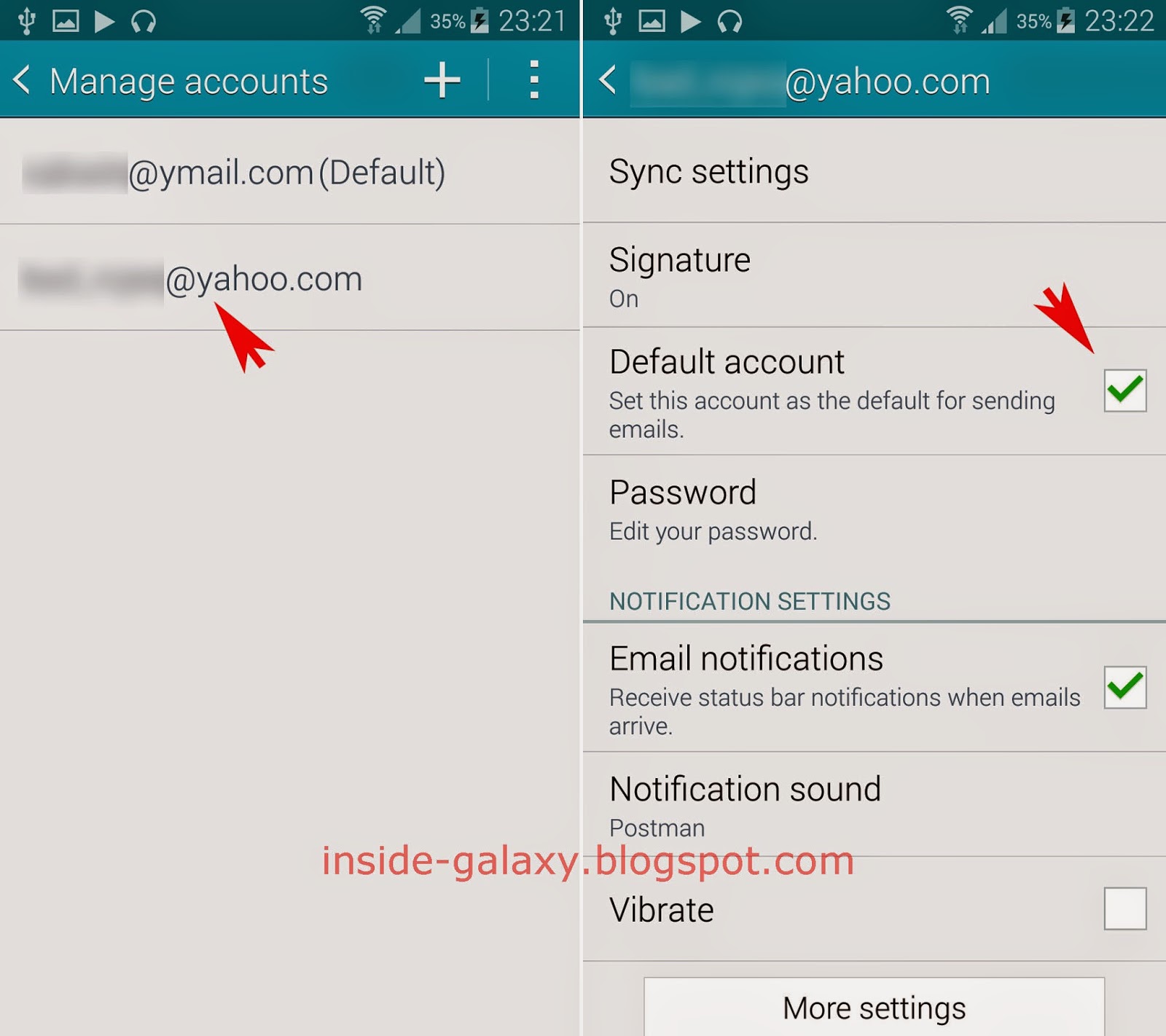


As such, it's important that you update your messaging app as soon as possible to be available as a default SMS app, because although your existing app won't crash on an Android 4.4 device, it will silently fail when attempting to write to the SMS Provider. However, only the app that receives the SMS_DELIVER_ACTION broadcast (the user-specified default SMS app) is able to write to the SMS Provider defined by the class and subclasses. Other apps that only want to read new messages can instead receive the SMS_RECEIVED_ACTION broadcast intent when a new SMS arrives. Likewise, only theĭefault SMS app receives the new WAP_PUSH_DELIVER_ACTION intent when a new MMS arrives. Which app the user has selected as the default SMS app in system settings. Which app receives this broadcast is determined by

On Android 4.4, only one app can receive the new SMS_DELIVER_ACTION intent, which the systemīroadcasts when a new SMS message arrives. You need to make some adjustments so your app continues to work when Android 4.4 is released later this year. This means that if you are using the hidden SMS APIs on previous platform versions, So, to provide you with a fully supported set of APIs for building SMS apps and to make the user experience for messaging more predictable, Android 4.4 (KitKat) makes the existing APIs public and adds the concept of a default SMS app, which the user can select in system settings. Some of you have built SMS apps using hidden APIs-a practice we discourage because hidden APIs may be changed or removed and new devices are not tested against them for compatibility. Sending and receiving SMS messages are fundamental features on mobile devices and many developers have built successful apps that enhance this experience on Android.


 0 kommentar(er)
0 kommentar(er)
